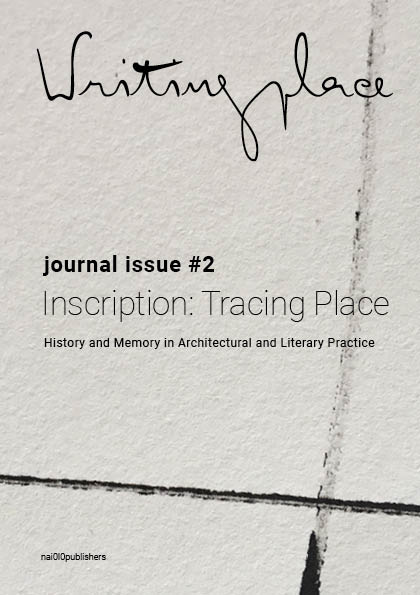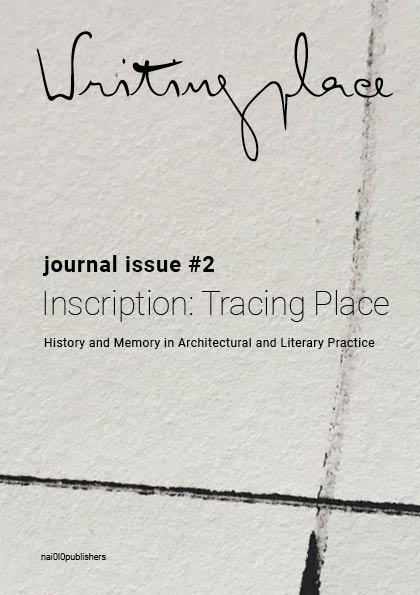No. 2 (2018): Inscriptions: Tracing Place. History and Memory in Architectural en Literary Practice

The journal issue Inscription: Tracing Place focuses on the role of history and memory in literary and architectural practice. It brings forward accounts of architectural investigations and architectural designs that deal with the evocation of the memory of place, either in site-analysis or in design.
Edited by Klaske Havik, Susana Oliveira, Jacob Voorthuis and Noortje Weenink
Published:
2018-10-22



